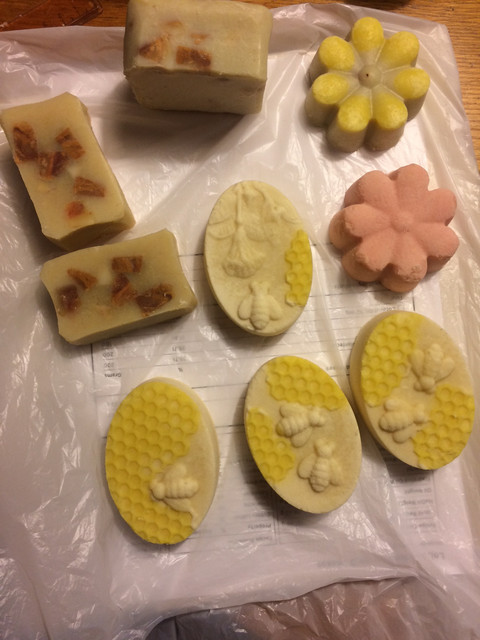TobyandRosie
Member
I've never used beeswax and would love to know what it does to a bar of soap? What happens when you add more of the beeswax to the mixture and can you add too much?
Also does it impart the qualities of using beeswax on the skin like being a humectant and antibacterial etc... i.e do you get benefits of the beeswax after the saponification process?
Thanks for listening.
Also does it impart the qualities of using beeswax on the skin like being a humectant and antibacterial etc... i.e do you get benefits of the beeswax after the saponification process?
Thanks for listening.


















































